Exploring the Decreasing Liquidity in the Cryptocurrency Market and How Projects Can Improve Survival Chances Through Sustainable Revenue Models
Recently, I have used the supply of stablecoins as an indicator to measure liquidity, while also considering the number of tokens in the market in an attempt to calculate the liquidity of each asset. As expected, liquidity has ultimately approached zero, and the chart drawn from the analysis results could be considered a “work of art.”
In March 2021, each cryptocurrency enjoyed a stablecoin liquidity worth approximately $1.8 million, whereas by March 2025, this number is expected to drop to just $5,500.
As a project, you must compete for the attention of users and investors with 40 million other tokens, a number that was only 5 million three years ago. So, how do you retain token holders? You could try building a community where members say “GM” on Discord, followed by some airdrop events.
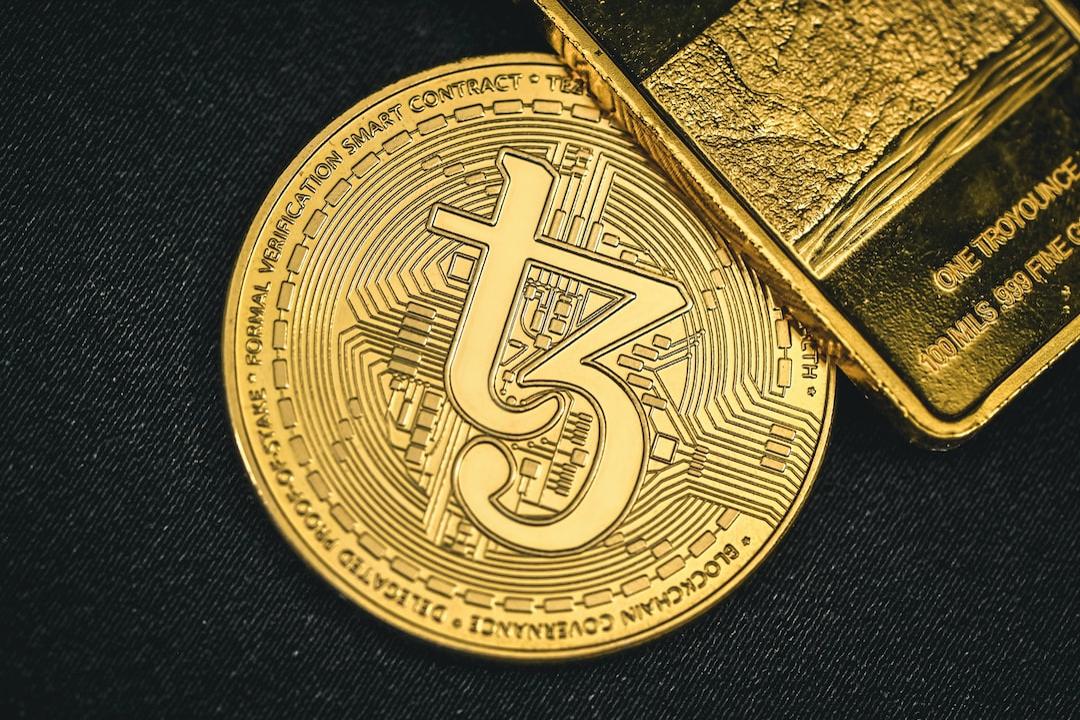
But then what? Once they receive the tokens, they will simply move to another Discord group to say “GM.” Community members will not stay without a reason. In my view, a quality product with real cash flow is the reason, or perhaps making project data look appealing.
Russ Hanneman Syndrome
In the TV show “Silicon Valley,” Russ Hanneman boasted that he would become a billionaire by “moving radio stations to the internet.” In the crypto space, everyone wants to be Russ, chasing after overnight wealth without worrying about business fundamentals, building moats, and acquiring sustainable income—those “boring” but practical issues.
Joel’s recent articles, “Death to Stagnation” and “Make Revenue Great Again,” emphasize the urgent need for crypto projects to focus on creating sustainable value. Much like the memorable scene in the show, where Russ Hanneman dismisses Richard Hendricks’ concerns about building a sustainable revenue model, many crypto projects rely on speculative narratives and the excitement of investors. Now, it’s clear that this strategy is not sustainable.
But unlike Russ, founders cannot just shout “Tres Comas” (a term Russ uses to boast about wealth in the show) and expect their project to succeed. Most projects need sustainable revenue, and to achieve this, we first need to understand how those projects with revenue manage to do so.
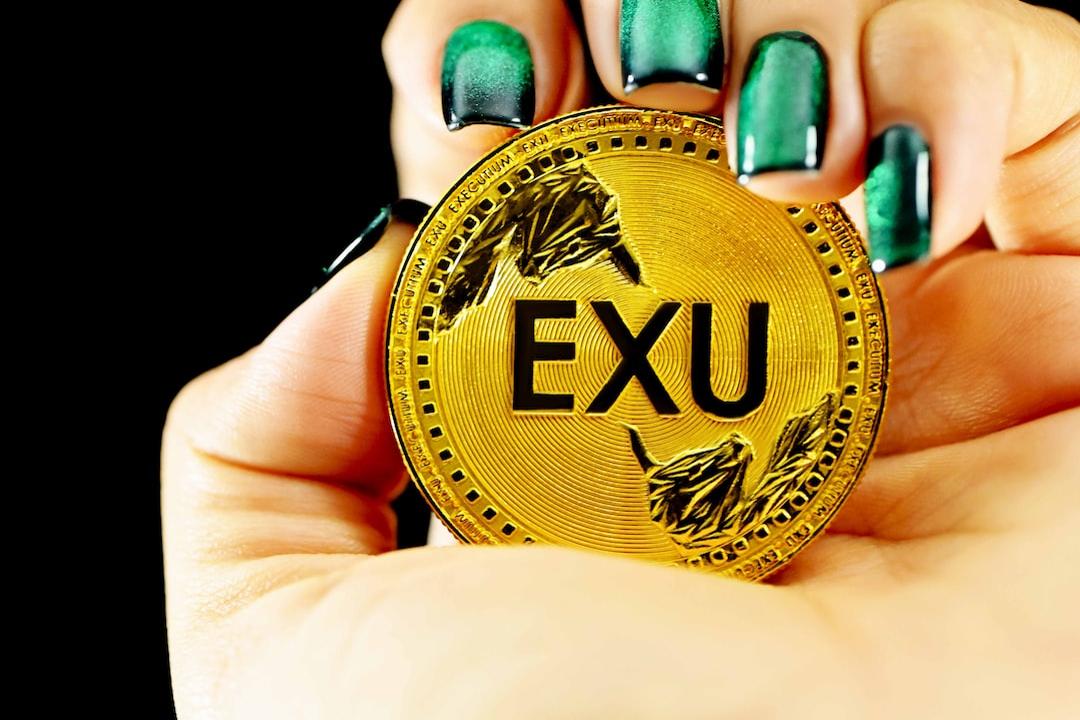
The Zero-Sum Game of Attention
In traditional markets, regulators maintain liquidity in tradable stocks by setting high entry barriers for listed companies. There are 359 million companies globally, but only about 55,000 are publicly listed, accounting for just around 0.01%. This benefits the market by concentrating most of the available capital within a limited range. However, it also means there are fewer opportunities for investors to place early bets on companies chasing high returns.
Attention and liquidity fragmentation is the price we pay for all tokens being easily traded publicly. I’m not judging which model is better; I’m simply showcasing the differences between the two worlds.
The question is, how do you stand out in an ocean of seemingly endless tokens? One way is to demonstrate that the project you’re building has demand, and to involve token holders in the project’s growth. Don’t get me wrong; not every project needs to be equally obsessed with maximizing revenue and profit.
Revenue is not the goal but a means to ensure long-term viability.
For instance, an L1 that hosts enough applications only needs to earn enough transaction fees to offset token inflation. Ethereum’s validator yield is about 3.5%, meaning that its token supply will increase by 3.5% annually. Any holders staking ETH to earn rewards will see their tokens diluted. However, if Ethereum burns an equivalent amount of tokens through the fee-burning mechanism, then the ordinary holder’s ETH won’t be diluted.
Ethereum, as a project, doesn’t necessarily need to be profitable because it already has a thriving ecosystem. As long as validators earn enough to maintain node execution, Ethereum doesn’t need additional income. But this is not the case for projects where token circulation rates (circulating token proportion) are around 20%. These projects resemble traditional companies and may need time before reaching a state where enough volunteers can maintain the project’s operation.
Founders must face the reality that Russ Hanneman ignores: generating real, sustainable income is crucial. It should be noted that when I mention “revenue” in this article, I am actually referring to free cash flow (FCF), because for most crypto projects, the data behind revenue is hard to obtain.

Understanding How to Allocate FCF
Understanding how to allocate FCF, when to reinvest it to promote growth, when to share it with token holders, and the best methods of distribution (such as buybacks or dividends) is likely to determine the success or failure of founders aiming to create lasting value.
Referring to equity markets is helpful for making these decisions. Traditional companies often allocate FCF through dividends and buybacks. Factors such as company maturity, industry, profitability, growth potential, market conditions, and shareholder expectations all influence these decisions.
Different crypto projects, depending on their life cycle stage, have different opportunities and limitations regarding value redistribution. I will describe these in detail below.
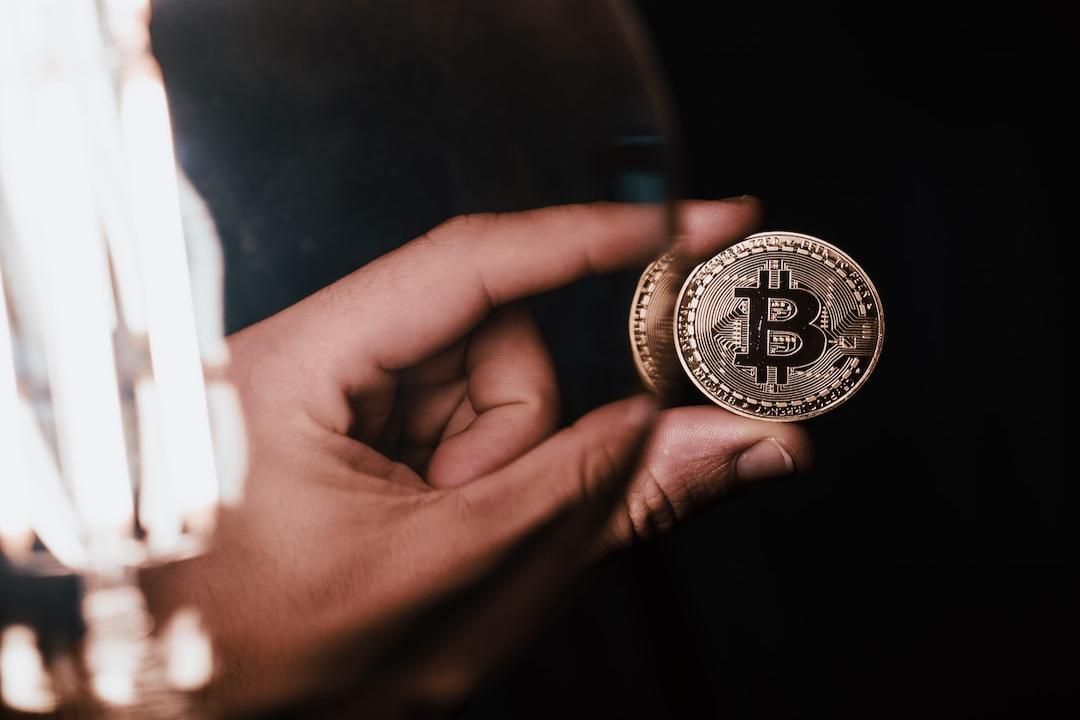
Cryptocurrency Project Lifecycle
1. Explorer Stage
Early crypto projects are usually in an experimental phase. They focus on attracting users and refining their core products rather than aggressively pursuing profitability. The product-market fit is unclear, and ideally, these projects prioritize reinvestment to maximize long-term growth rather than revenue-sharing plans.
These projects tend to have centralized governance, controlled by the founding team in terms of upgrades and strategic decisions. The ecosystem is still in its infancy, with weak network effects, and user retention remains a major challenge. Many of these projects rely on token incentives, venture capital, or grants to sustain early user acquisition, rather than natural demand.
While some projects may achieve early success in niche markets, they still need to prove whether their model is sustainable. Most early-stage crypto startups fall into this category, with only a small percentage breaking through.
These projects are still searching for product-market fit, and their revenue model highlights the difficulty in maintaining continuous growth. Projects like Synthetix and Balancer have seen dramatic revenue spikes, followed by significant declines, showing that they have speculative activity periods rather than steady market adoption.
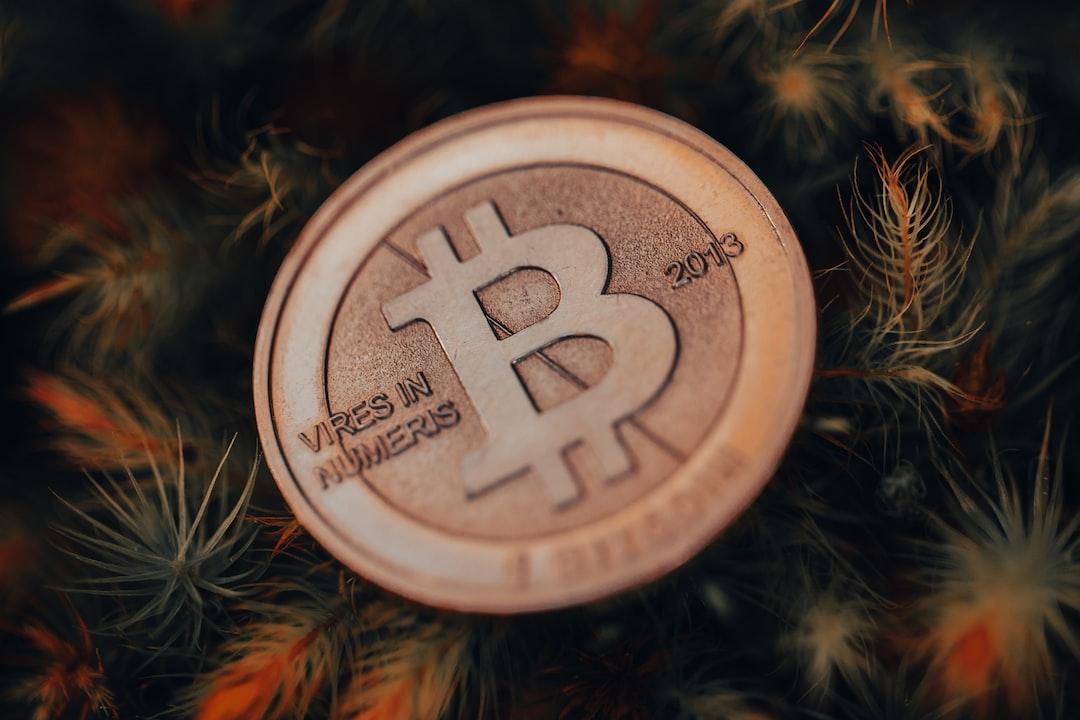
2. Climber Stage
Projects that have passed the early stage but have not yet dominated belong to the growth category. These protocols generate considerable revenue, ranging from $10 million to $50 million annually. However, they are still in the growth phase, with governance structures evolving, and reinvestment remains a priority. While some projects consider revenue-sharing mechanisms, they must strike a balance between profit distribution and continued expansion.
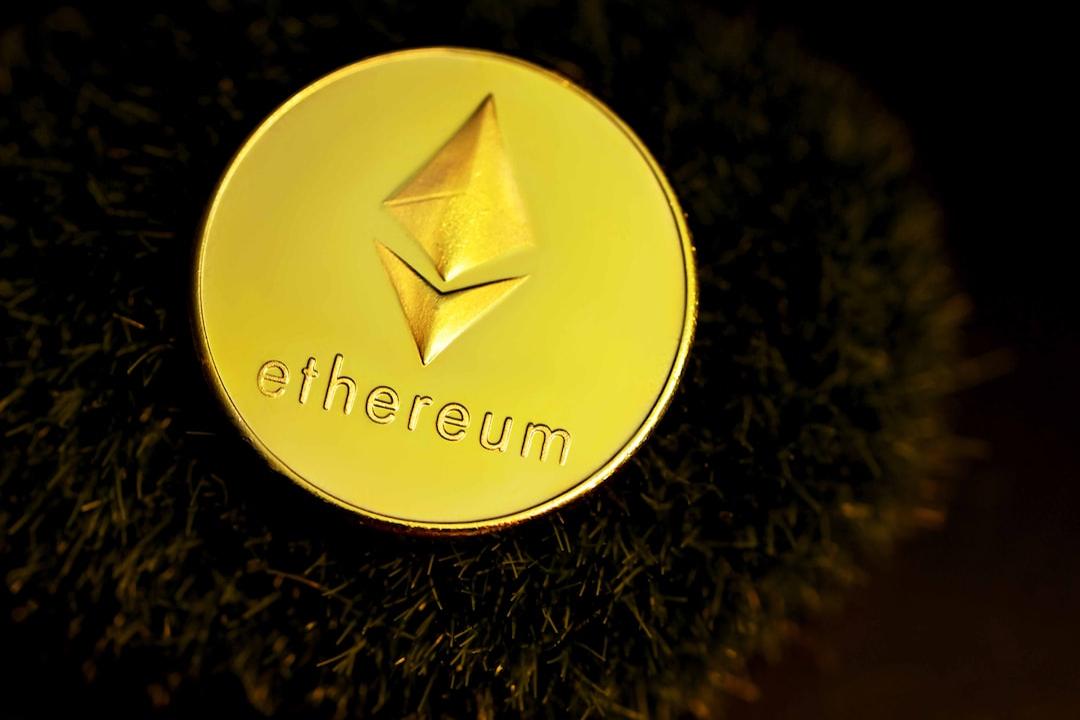
The chart above records the weekly revenue of crypto projects in the climber stage. These protocols are more attractive than early-stage projects but are still in the process of solidifying their long-term positions. Unlike the earlier explorer stage, these projects have noticeable revenue, but their growth trajectory remains unstable.
Projects like Curve and Arbitrum One show relatively stable revenue flows with distinct peaks and valleys, indicating fluctuations influenced by market cycles and incentive measures. The OP Mainnet shows a similar trend, with sharp increases signaling periods of high demand, followed by slowdowns. Meanwhile, Usual’s revenue shows exponential growth, indicating rapid adoption, but lacks historical data to confirm whether this growth is sustainable. Pendle and Layer3’s activity has seen significant spikes, indicating higher user participation, but also revealing the challenge of maintaining long-term momentum.
Many L2 scaling solutions (such as Optimism, Arbitrum), decentralized finance platforms (such as GMX, Lido), and emerging L1s (such as Avalanche, Sui) fall into this category. According to Token Terminal data, only 29 projects currently have annual revenues exceeding $10 million, though the actual number might be slightly higher. These projects are at a turning point: those that consolidate network effects and user retention will move to the next stage, while others may stagnate or decline.
For climbers, the path forward lies in reducing dependence on incentives, strengthening network effects, and proving that revenue growth can sustain without sudden reversals.
3. Giant Stage
Protocols like Uniswap, Aave, and Hyperliquid, which are well-established, are in the growth and maturity stages. They have achieved product-market fit and can generate substantial cash flow. These projects are well-positioned to implement structured buybacks or dividend programs to boost token holder trust and ensure long-term sustainability. Their governance is more decentralized, with active community involvement in upgrades and treasury decisions.
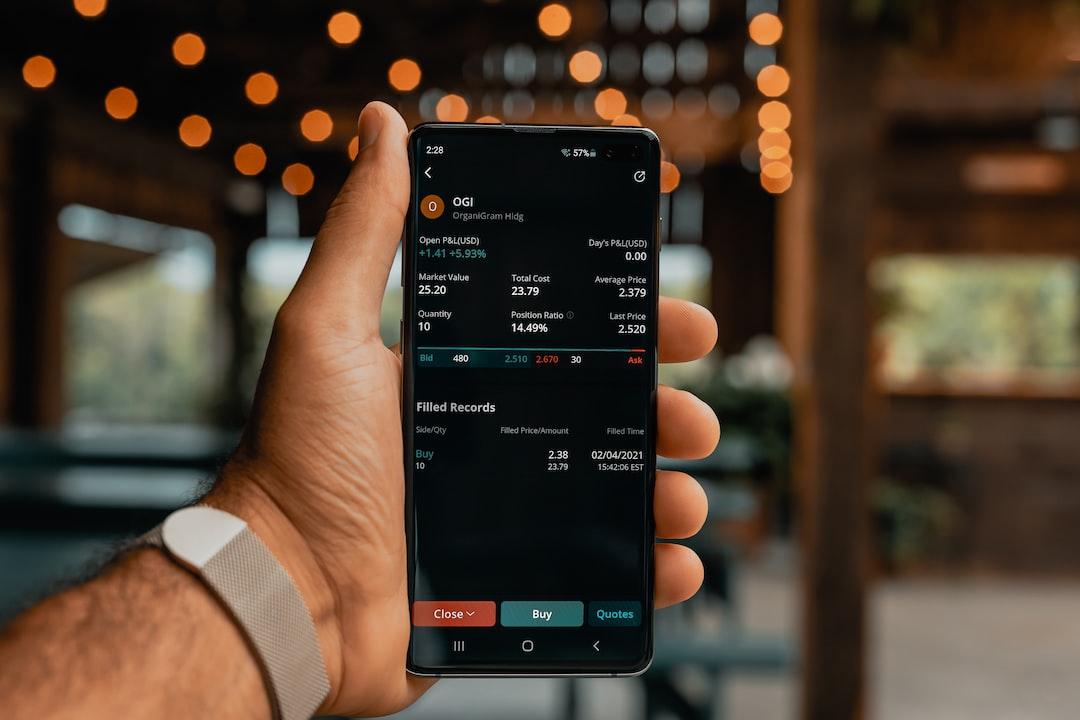
Network effects have created competitive moats, making these projects hard to replace. Currently, only a few dozen projects can achieve this level of revenue, indicating that very few protocols truly reach maturity. Unlike earlier-stage or growth-stage projects, these protocols do not rely on inflationary token incentives but instead earn sustainable revenue through transaction fees, lending interest, or staking commissions. Their ability to withstand market cycles further differentiates them from speculative projects.
Unlike early or growth-stage projects, these protocols show strong network effects, a solid user base, and deeper market foundations.
Ethereum leads in decentralized income generation, showing periodic peaks that align with network activity surges. Tether and Circle, two major stablecoin giants, show more stable and structured revenue streams, rather than large fluctuations. While Solana and Ethena generate significant revenue, they still display distinct growth and retracement cycles, reflecting their changing adoption rates.
At the same time, Sky’s revenue is more unstable, indicating fluctuating demand rather than sustained dominance.
Although giants stand out in scale, they are not immune to volatility. The difference lies in their ability to maintain revenue during downturns and ensure long-term sustainability.
4. Seasonal Projects
Some projects experience rapid but unsustainable growth due to hype, incentives, or social trends. Projects like FriendTech and memecoins may generate massive revenues during peak periods but struggle to retain users long-term. Premature revenue-sharing plans may exacerbate volatility, as once the incentives dry up, speculative capital quickly exits. These projects often have weak or centralized governance, fragile ecosystems, and limited decentralized application adoption or long-term utility.
While these projects may temporarily achieve extremely high valuations, once market sentiment changes, they can easily crash, leaving investors disappointed. Many speculative platforms rely on unsustainable token issuance, fake trading, or inflated yields to create artificial demand. While some projects may break free from this stage, most fail to establish a lasting business model, and are essentially high-risk ventures.

